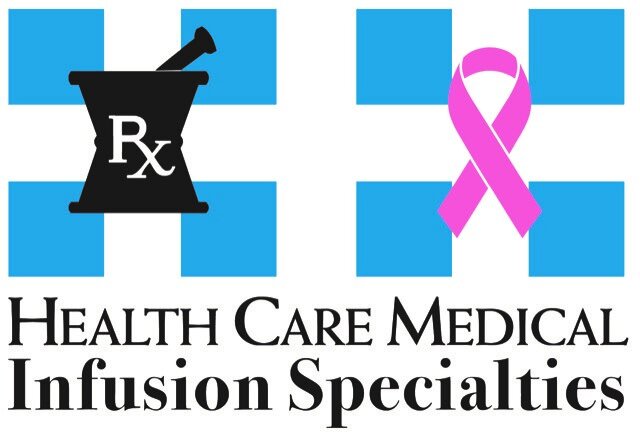June is Myasthenia Gravis Awareness Month
According to the Myasthenia Gravis Foundation of America, approximately 36,000 to 60,000 U.S. citizens have myasthenia gravis (MG). However, MG often goes undiagnosed, meaning the number of actual cases could be much higher. Men and women of any age can develop MG, but it occurs more commonly in women younger than 40 and in men older than 60.
What is MG?
MG, is a chronic neuromuscular disorder. It is the most common of the neuromuscular diseases. It affects the skeletal muscles, which are the muscles that we can voluntarily control for movement.
MG is caused when the body produces antibodies that attack receptor sites in the muscles. These receptors send signals back and forth from the muscles to the brain, which allows us to things like walk across a room or pick up a telephone. With fewer receptor sites, the brain receives less signals from the muscles.
What are symptoms of MG?
The most common symptom of MG is muscle weakness. The more the affected muscle is used, the weaker is becomes. Resting the muscles can alleviate the symptoms, but the disease will continue to progress over time.
Other symptoms of MG include:
· Drooping of one or both eyelids
· Double vision
· Impaired speech
· Difficulty chewing or swallowing
· Loss of control over facial expressions
· Muscle weakness in the limbs
How is MG diagnosed?
MG is difficult to diagnose because its symptoms can also be linked to other autoimmune disorders. Symptoms come and go in the early stages of the disease; therefore, the patient may or may not be exhibiting symptoms during a visit to their doctor. Sometimes it can take up to two years to get a definitive diagnosis.
Diagnosis is determined through:
· Neurological exams – testing muscle reflexes, strength, tone, senses of touch.
· Blood tests
· Edrophonium test – a short acting drug that temporarily improves the symptoms of MG.
· Nerve conduction and stimulation studies
· Electromyography – electrode is inserted into the muscle and data is gathered while the patient performs a series of activities.
· CT or MRI imaging
How is MG treated?
While there is no cure for MG, there are treatment options available that can improve the condition. Your doctor may prescribe immune globulin therapy, commonly referred to as IVIg or SCIg therapy, which is an intravenous infusion of antibodies harvested by donors. It prevents the patient’s immune system from destroying nerve receptors. The infusion is administered over a period of two to five days. The affects can last for several weeks to months, after which the patient will need to receive the treatment again.
With proper diagnosis and treatment, individuals with MG can return to a natural quality of life. The staff at Health Care Medical Infusion Specialties has extensive training in IVIg and SCIg therapy. These types of infusions can be administered in the home or at our Infusion Suites.
Health Care Medical Infusion Specialties provides infusion services, durable medical equipment and HyVita infusions to the entire state of Mississippi.
